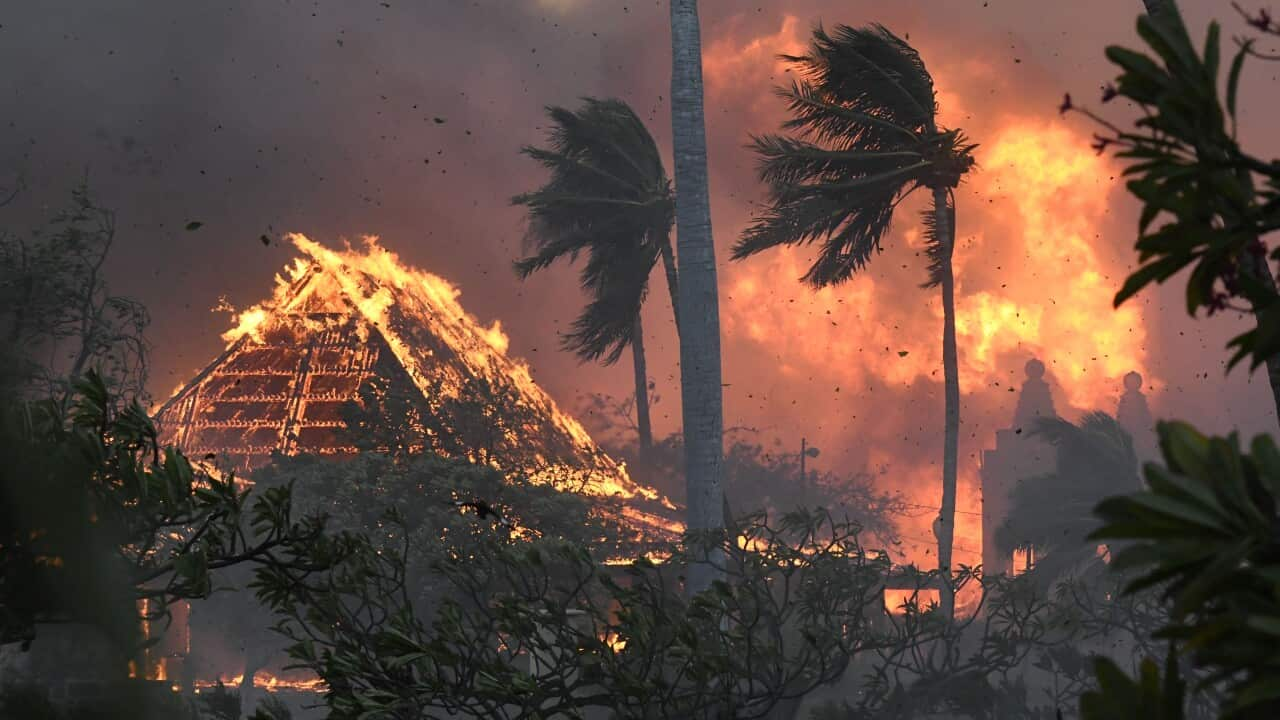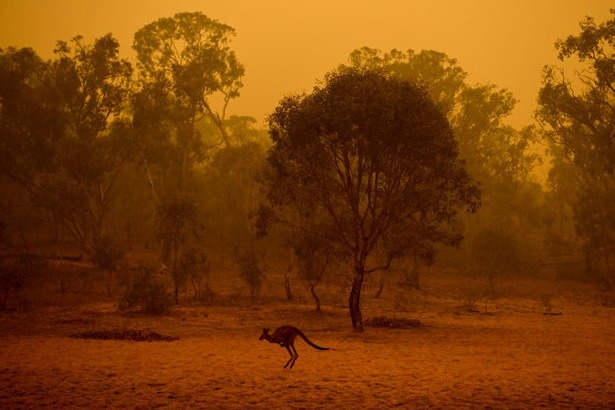The Value of Bushfire Monitoring in Fire Defense
In the realm of fire security, the value of reliable bushfire administration can not be understated. As communities globally face raising instances of wildfires, the positive method to avoid and minimizing these all-natural calamities with calculated bushfire administration techniques has emerged as a crucial element. Beyond the prompt danger to human life and property, the interaction in between bushfire management and ecological conservation, neighborhood involvement, and environment modification poses intricate difficulties that demand thorough options.
Significance of Proactive Bushfire Prevention
Positive bushfire avoidance approaches are vital in minimizing the devastating effects of wildfires on neighborhoods and ecosystems. One vital aspect of proactive bushfire prevention is fuel administration.
Educating the public on fire security practices and advertising community recognition regarding the importance of bushfire avoidance are important parts of positive approaches. Eventually, proactive bushfire prevention plays a substantial function in guarding neighborhoods and ecological communities from the harmful influences of wildfires.
Function of Area Engagement in Fire Security
Involving the community in fire security initiatives is essential to boosting the effectiveness of positive bushfire avoidance strategies. Neighborhood involvement plays a vital role in promoting a cumulative understanding of the threats posed by bushfires and the value of readiness actions. By involving regional citizens, authorities can share vital info ablaze safety and security techniques, evacuation procedures, and very early caution systems, equipping people to take aggressive actions to guard their buildings and lives.
By cultivating a culture of readiness and partnership, areas can enhance their capacity to react effectively to bushfire emergency situations, reducing the influence on residential or commercial properties and lives. Inevitably, community involvement is a cornerstone of detailed fire protection techniques, highlighting the significance of cumulative activity in securing prone areas from the danger of bushfires.
Relevance of Wildlife Conservation in Bushfire Administration
Conservation of wild animals plays a vital role in efficient bushfire monitoring strategies, making sure the defense of diverse environments and biodiversity in fire-prone areas. Wild animals preservation is important as it adds to the total strength of ecosystems, aiding in their capability to stand up to and recoup from the impact of bushfires. By saving habitats and securing different types, the all-natural equilibrium within these environments is kept, which is crucial for their long-term health and sustainability.
Furthermore, wildlife conservation additionally aids in lowering the threat and strength of bushfires. Healthy and balanced environments with unspoiled wild animals populaces can function as all-natural firebreaks, slowing down the spread of fires and limiting their destructive potential (BAL Report). Certain pet varieties, like tunneling animals or birds that spread seeds, play unique duties in helping or avoiding fires in the post-fire regeneration of habitats
Including wildlife conservation into bushfire management strategies is not just get redirected here vital for protecting biodiversity yet likewise for promoting the total health and wellness and resilience of ecological communities when faced with enhancing fire hazards.
Advantages of Strategic Gas Reduction Programs
Tactically carrying out gas decrease programs is important in alleviating the threat and influence of bushfires in fire-prone regions. These programs include regulated burning, mechanical clearing up, and various other approaches to reduce the amount of flammable vegetation offered to fuel wildfires. By tactically minimizing gas tons in crucial locations, such as close to household areas or critical infrastructure, the intensity and spread of bushfires can be considerably reduced.
One of the main benefits of fuel reduction programs is the enhancement of overall fire resilience in a community. check By producing calculated fuel breaks and decreasing the continuity of greenery, these programs assist to interrupt the path of a bushfire, making it simpler for firemens to include and snuff out the blaze. Additionally, gas decrease programs can secure biodiversity by stopping exceedingly intense fires that can ruin environments and endanger wildlife populaces.
Furthermore, these programs can additionally secure human lives and property by decreasing the danger of catastrophic fires that posture a considerable danger to areas. Eventually, strategic gas reduction programs play a crucial duty in proactive bushfire monitoring and promoting a more secure atmosphere for both individuals and nature.
Effect of Environment Change on Bushfire Threat

Greater temperatures lead to drier plant life, making it much more at risk to ignition. Reduced rainfall in particular areas prolongs drought problems, better enhancing the flammability of the landscape. Furthermore, the transforming environment has altered wind patterns and atmospheric conditions, resulting in even more irregular fire actions and rapid fire spread.
As the climate remains to alter, the frequency and intensity of bushfires are anticipated to increase, demanding a aggressive and flexible approach to bushfire management. Techniques need to progress to represent the transforming threat landscape, including environment estimates and considering long-term strength in fire monitoring preparation. Resolving the impact of climate change on bushfire risk is essential in establishing effective techniques to protect lives, home, and the atmosphere.
Conclusion
To conclude, proactive bushfire avoidance, neighborhood interaction, wildlife conservation, calculated fuel reduction programs, and factor to consider of environment modification are essential components in reliable fire security. By executing these strategies, we can much better handle bushfire risks and shield both human lives and the atmosphere. Bushfire Management Plan. It is crucial that stakeholders work with each other to prioritize these actions to lessen the terrible influence of bushfires on neighborhoods and communities

As the climate proceeds to transform, the regularity and intensity of bushfires are expected to increase, demanding a proactive and adaptive technique to bushfire monitoring.In conclusion, proactive bushfire prevention, neighborhood interaction, wild animals conservation, critical gas decrease programs, and factor to consider of environment adjustment are crucial components in efficient fire security.